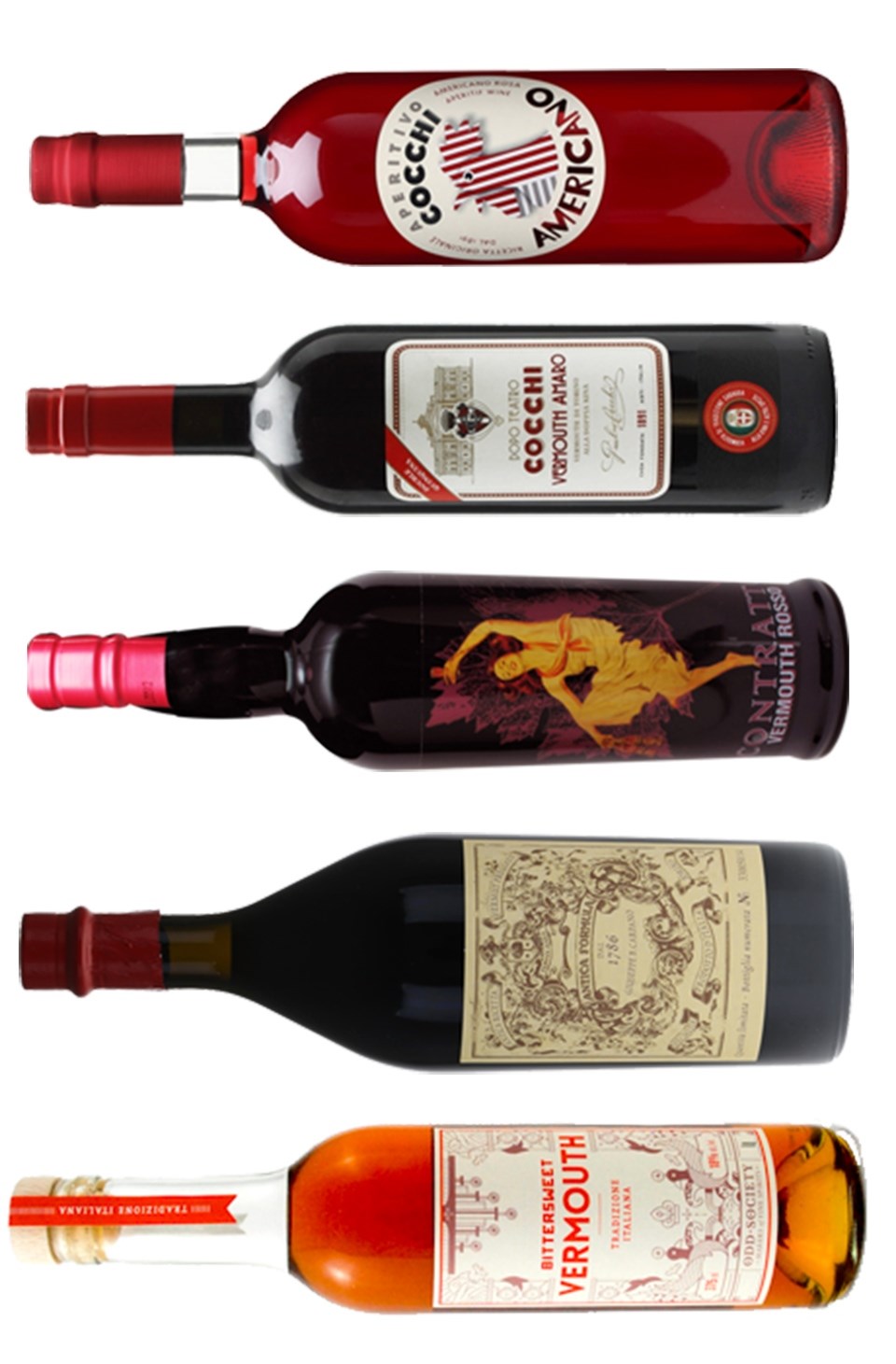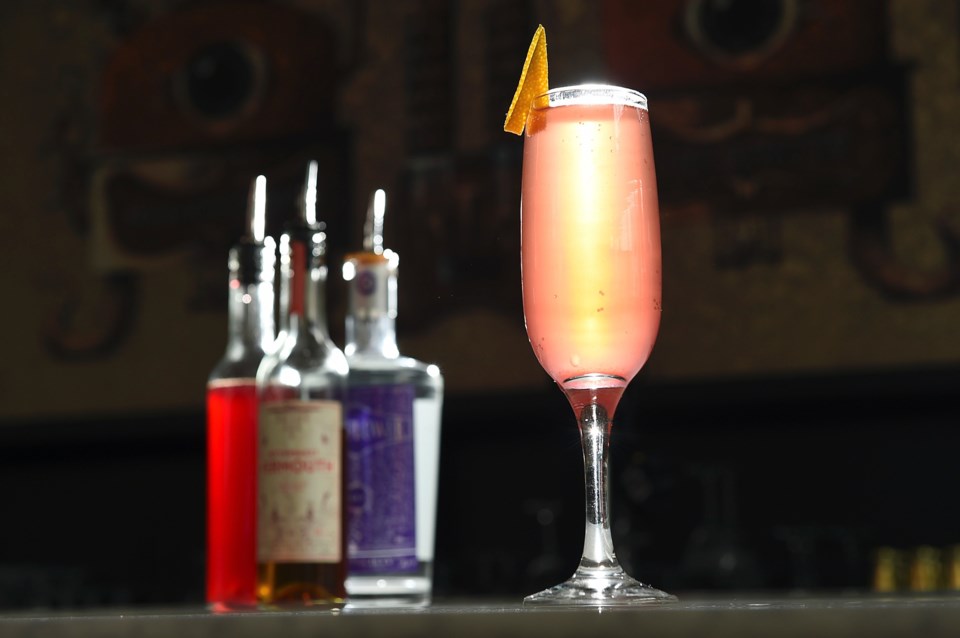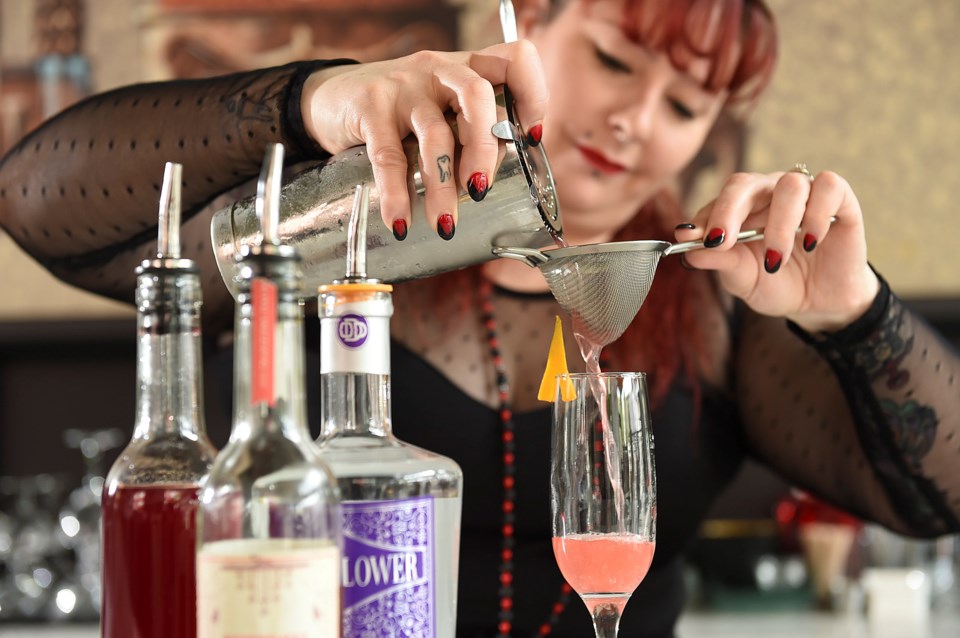What is Italy’s greatest contribution to mankind? Over pizza, Prada, Fiat, the Mona Lisa and La Bohème, I’d vote for lifestyle. The Italian way of living is a celebration of good food, drink, company and conversation with the aperitivo being the ultimate manifestation. This daily ritual sees friends gathering in bustling outdoor cafés to socialize over a glass before enjoying a serious meal.
The aperitivo doesn’t constitute just any old drink. Its laudable purpose is to “open up” the appetite and get the gastric juices flowing. The original and most hunger inducing of aperitivi is Vermouth. Antonio Bernedetto Carpano of Turin is credited with creating this aromatized fortified wine in 1786 but truly Vermouth was a long time in the making.
Precursors to Vermouth hark back to ancient China, India and Greece. These early cultures were well accustomed to adding roots, barks and seeds to wine. The purpose was medicinal and wine was the medium to make concoctions more palatable. Wormwood was particularly prized; its excruciatingly bitter leaves were used to cure stomach ailments. Wormwood wine became popular in Europe in the 16th and 17th century and it’s the German word for this, Wermut, which gave its name to Vermouth.
From a remedy for pain, Vermouth morphed into a beverage of pleasure. Adding herbs and spices improved the wines of yesteryear. Often this helped to repurpose oxidized wine by covering up off-flavours rather than throwing it away. Aromatizing wine was common in the 18th century and particularly refined in the area of Northwestern Italy and Southeastern France. This corner of Europe is rich in alpine botanicals while the nearby ports of Genoa and Marseille were repositories for exotic spices imported from afar helping to enhance recipes.
The stage was set for Antonio Bernedetto Carpano. At barely 22 years old, he started experimenting with the local Moscato Bianco wine. Besides fortifying it (likely with grappa), he added dozens of botanicals. Finally, he sweetened it with burnt caramel, which also imparted a deep hue. His dark red, herbaceous and spicy elixir was a hit. Though it wasn’t the first of its type, the quality was reputed to be superior. Carpano’s Vermouth became the city of Turin’s aperitivo of choice, served in chic bars over ice with a slice of orange or lemon peel.
Other entrepreneurial types like Giovanni Giacomo and Carlo Stefano Cinzano along with Alessandro Martini, Luigi Rossi and Teofilo Sola followed suit, making Vermouth of a similar ilk. They gave their names to the popular brands of Cinzano and Martini.
Not to be outdone by the Italians, the French countered with their own style of Vermouth. At the start of the 1800s, Joseph Noilly devised a paler and much drier version that became associated with France.
Savvy bartenders embraced both types of Vermouth. They are used to temper higher alcohol spirits and add complexity to cocktails. Italy’s sweeter and fuller rosso (red) Vermouth is a key ingredient in a Manhattan and Negroni while the original Gin Martini incorporated France’s Dry Vermouth in a ration of 2:1.
Today the lines between countries’ styles are blurred. French and Italian companies make both rosso and dry versions. Beyond this, line extensions include bianco (pale and medium-sweet) as well as Vermouths flavoured with fruit like strawberry or orange.
As Vermouth is not geographically defined, countries such as Spain, US, Australia and even Canada also make Vermouth. Regardless of where it hails from, Vermouth is a wine that is fortified (usually with grape-based spirit) to anywhere from 14.5 – 21 per cent, though it usually sits between 16-18 per cent. In Europe, Vermouth must be infused with a bitter plant of the Artemisia genus to which wormwood belongs (though the latter is rarely used today). Secret recipes are rife and will incorporate other flavourings like cinnamon, clove, cardamom, coriander, chamomile, marjoram, thyme and rosemary along with wild roots and bark. Finally, Vermouth is sweetened to a greater or lesser degree to balance out the bitter element.
While Vermouth fell out of favour in the middle of the last century, it is now making a small comeback as bartenders re-embrace bolder flavours. Channel your inner Italian and drink it euro-style, neat or over ice with a citrus twist. Local restaurants like Uva Wine Bar serve up a great selection by the glass while Prontino (3475 Cambie) offers Vermouth flights for $13.
Below is a selection of premium Vermouth sold at private wine stores. Mainstream brands like Martini and Cinzano are readily available at BC Liquor Stores and I’m happy with either in my Negroni. Just remember that Vermouth is prone to oxidation once open. Always store in the fridge and drink up within a month. You’ll have no problem finishing the bottle if you invite friends over for the aperitivo.
Salute to la dolce vita!

Cocchi, Rosa Aperitivo Americano ($39-41)
Americano comes from the word amer, meaning bitter and has nothing to do with the USA. Not technically a Vermouth, an Americano must include gentian as a bittering element. Rhubarb, crabapple, rose and underlying menthol lead to a peppery kick. Serve long over ice with soda for a refreshing summer aperitivo.
Cocchi, Vermouth Amaro ($41-44)
‘Amaro’ indicates that the bitter element is ramped up. Overtly herbal and leafy, this complex blend of anise, cinnamon, nutmeg, mint and ginger is sure to stimulate the appetite.
Contratto, Vermouth Rosso ($52-55)
Established in 1890, the historic Contratto brand is being restored it to its former glory. Mahogany hue, with carob, cardamom, bay leaf, black licorice, sage and bitter almond lifted by a blood orange bite. Very refined.
Carpano, Antica Formula, Sweet Vermouth ($59-63)
Despite the name, this isn’t Carpano’s original recipe. However, it is based on an old one and is an example of a vermouth alla vaniglia. Besides overt vanilla, flavours of fennel, coffee, dark chocolate, tobacco and date meld together. Luxurious but not cloying.
Odd Society, Bittersweet Vermouth ($24-26 for 375ml)
Here’s an East Van craft distiller’s unique take on Vermouth. Fortified with malted barley spirit, it’s amber in colour with honey, acacia flower and tangerine aromas. Rich and slightly malty on the palate with orange marmalade, tree bark, smoke and pith. Visit Odd Society’s tasting room at 1725 Powell Street.
• Prices exclusive of taxes.

RECIPE: The Blushing Sicilian
Ingredients:
1 oz Odd Society Wallflower Gin
1 oz Odd Society Bittersweet Vermouth
1 oz blood orange syrup*
.25 oz citric acid**
Prosecco (or other favourite sparkling wine)
Directions:
Combine gin, vermouth, syrup and prepared citric acid in a shaker, shake, double strain into a flute glass and top with Prosecco.
*Blood Orange Syrup
Ingredients:
2 cups sugar
1 cup water
1 cup blood orange juice
Directions:
Bring all ingredients to a boil in a medium saucepan over medium-high heat, stirring occasionally to dissolve the sugar. As soon as the mixture begins to boil remove it from the heat and let cool completely before use. Strain syrup into an air-tight container. Keep covered and refrigerate for up to one month.
**Citric acid can be purchased at your local home-brew or gourmet food store. Mix six bar spoons of citric acid to 500mL of water to prepare for cocktail use. You can refrigerate your prepared citric acid but it will lose its strength within one week.



